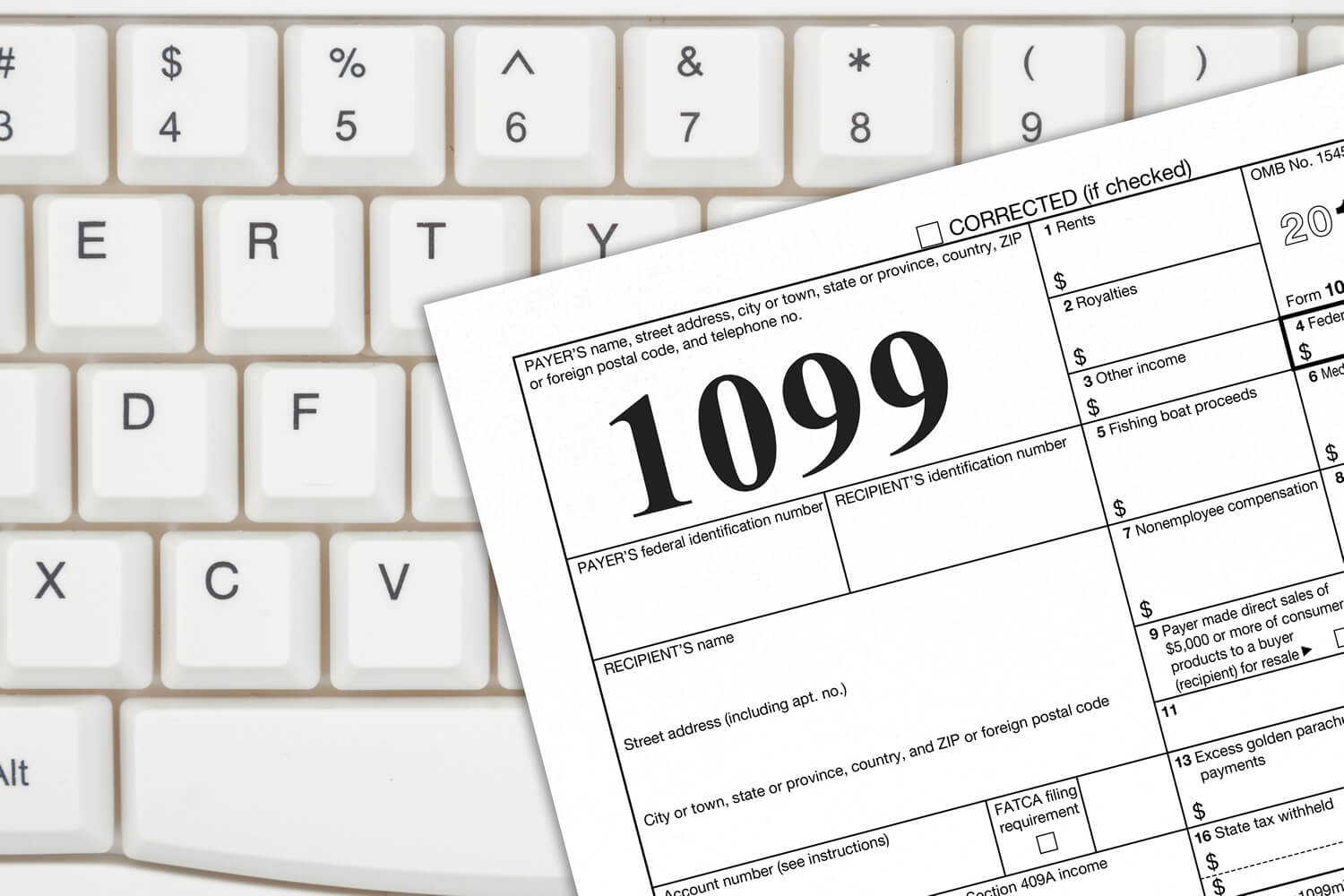1099 Tax Deadlines in 2025 for the 2024 Tax Year

Introduction
Understanding the deadlines for 1099 forms is crucial for businesses and individuals who need to report various types of income to the IRS. Missing these deadlines can lead to penalties and increased scrutiny from tax authorities.
What Are 1099 Forms?
1099 forms are used to report various types of income other than wages, salaries, and tips. Common types include 1099-MISC for miscellaneous income, 1099-NEC for non-employee compensation, and 1099-DIV for dividends and distributions. These forms must be provided to both the recipient and the IRS, ensuring that all income is accurately reported and taxed accordingly.
Key Deadlines for 1099 Forms
- January 31, 2025 – Deadline to provide recipients with their 1099 forms:
- All 1099 forms, including 1099-MISC, 1099-NEC, and 1099-DIV, must be delivered to recipients by this date. This ensures that recipients have sufficient time to include this information in their own tax filings.
- February 28, 2025 – Deadline for paper filing with the IRS:
- If you choose to file 1099 forms by paper, they must be submitted to the IRS by February 28, 2025. This deadline applies to all types of 1099 forms.
- March 31, 2025 – Deadline for electronic filing with the IRS:
- For those filing 1099 forms electronically, the deadline is extended to March 31, 2025. Electronic filing is often preferred due to its convenience and the additional time provided.
Specific Requirements for 1099-NEC
The 1099-NEC (Non-Employee Compensation) form is used to report payments of $600 or more to non-employees, such as independent contractors. For the 2024 tax year, the deadlines are as follows:
- January 31, 2025 – Provide 1099-NEC forms to recipients.
- January 31, 2025 – File 1099-NEC forms with the IRS, whether filing by paper or electronically. Unlike other 1099 forms, there is no extended deadline for electronic filing.
Penalties for Missing Deadlines
Failing to meet the 1099 form deadlines can result in significant penalties. These penalties increase the longer the forms are overdue:
- $50 per form if filed within 30 days of the due date.
- $110 per form if filed more than 30 days late but by August 1.
- $290 per form if filed after August 1 or not at all.
- Higher penalties may apply for intentional disregard of filing requirements.
Best Practices for Staying Compliant
- Maintain Accurate Records:
- Ensure that you keep detailed records of all payments made throughout the year. This includes payments to contractors, dividends, rents, and other miscellaneous incomes.
- Use Accounting Software:
- Utilize accounting software to track payments and generate 1099 forms. Many software options can automate the process and remind you of upcoming deadlines.
- Verify Recipient Information:
- Collect and verify W-9 forms from recipients to ensure you have accurate information for 1099 forms. Incorrect or missing information can cause delays and potential penalties.
- File Electronically:
- Consider filing your 1099 forms electronically to take advantage of the extended deadline and reduce the risk of errors. Electronic filing is faster and more efficient than paper filing.
Conclusion
Meeting the 1099 tax deadlines is essential for maintaining compliance and avoiding penalties. For the 2024 tax year, ensure that all 1099 forms are provided to recipients by January 31, 2025, and filed with the IRS by either February 28, 2025 (paper) or March 31, 2025 (electronic). By following best practices such as maintaining accurate records and using accounting software, you can streamline the filing process and stay on top of your tax obligations.

